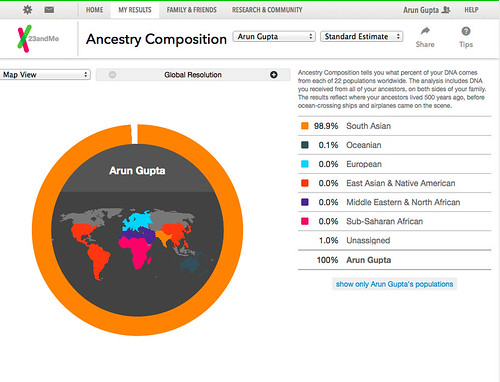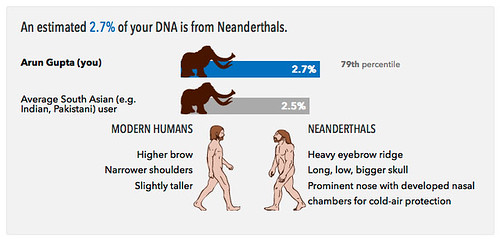CIP's post on sharing help crystallize one intuition about the wrongness of this. To remind you, and admired cultural figure asked a college student to take the drug Molly:
At a party not long ago in Park Slope, Brooklyn, Kaitlin, a 22-year-old senior at Columbia University, was recalling the first time she was offered a drug called Molly, at the elegant Brooklyn home of a cultural figure she admired. “She was, like, 50, and she had been written about in the Talk of the Town,” said Kaitlin, who was wearing black skinny jeans and a tank top. “This woman was very smart and impressive.”Just as part of community is paying taxes, part of community is to be and to set an example. Admired figures of the elite who choose to live in the public eye are obliged to set and be examples for the rest of community, just as the rich are obliged to pay taxes (of course, taxes are a legal requirement, too, but I mean the ethical obligation). The violation of this obligation bothers me.











